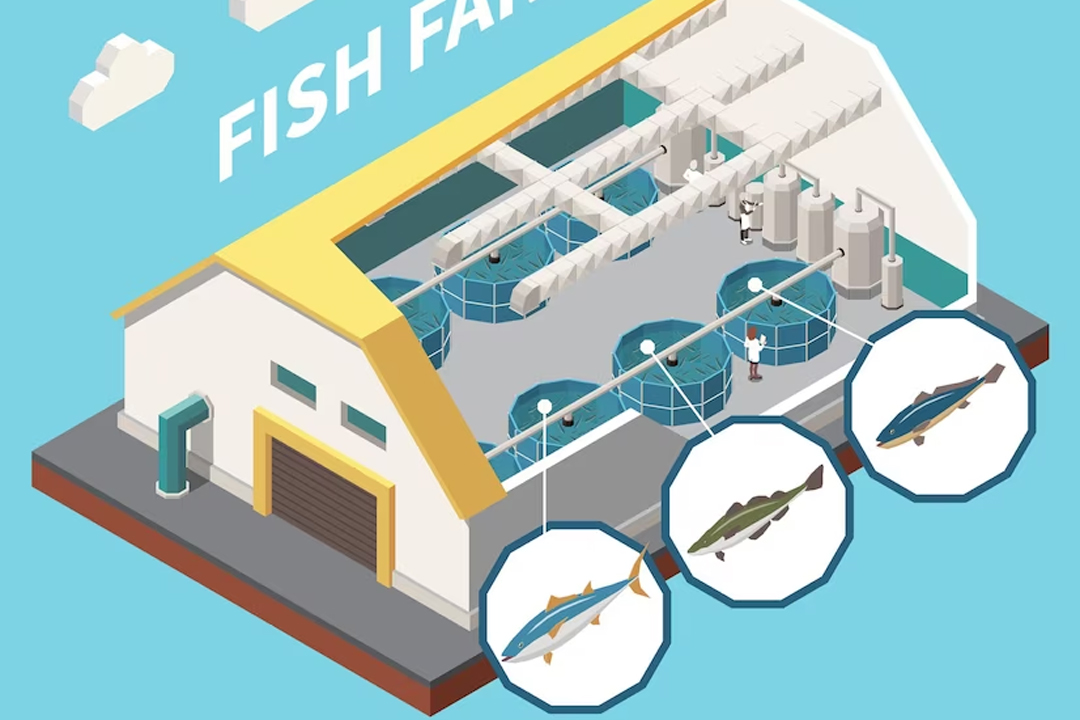
Aquaculture is the practice of rearing aquatic organisms such as fish, shrimp, and shellfish for food or commercial purposes. It is a profitable and sustainable farming practice that is widely practiced in Africa. In this guide, we will provide you with a detailed step-by-step process on how to successfully farm aquatic organisms in Africa, using practical examples from different African countries.
Step 1: Site Selection and Planning
The first step in aquaculture farming is to select a suitable site for the farm. The site should have a reliable source of water, good water quality, and appropriate soil for the ponds. The size of the farm should also be determined based on the intended production level.
Example: In Egypt, fish farms are located in the Nile Delta region due to the availability of freshwater and fertile soil.
Step 2: Pond Construction and Preparation
Once the site is selected, the next step is to construct the ponds. The ponds should be constructed to specific dimensions and have good water flow to maintain water quality. The ponds should also be prepared by adding the necessary minerals and fertilizers to improve the growth of the aquatic organisms.
Example: In Nigeria, tilapia fish farmers in Oyo State use earthen ponds constructed with clay soil and limestone.
Step 3: Stocking
After pond construction and preparation, the next step is to stock the ponds with the selected aquatic organisms. It is important to select healthy and disease-free juveniles that are appropriate for the size of the pond.
Example: In Kenya, farmers in Homa Bay County stock their ponds with tilapia and catfish juveniles obtained from hatcheries.
Step 4: Feeding and Management
Aquatic organisms require specific nutrients for growth and development. It is important to provide them with the appropriate feed and management to ensure good yields. The feed should be appropriate for the species being farmed and should be given in the right quantities at the right time.
Example: In Ghana, farmers in the Volta Region use commercial feeds and also supplement with locally sourced feeds such as snails and worms.
Step 5: Harvesting and Processing
Harvesting should be done when the aquatic organisms have reached the desired size and weight. The fish can be harvested by draining the pond or using a net. The fish should then be processed and packaged for sale.
Example: In Uganda, farmers in the Jinja District harvest their tilapia fish using a net and process them using traditional methods such as smoking and drying.
Step 6: Marketing and Sales
After harvesting and processing, it is important to market and sell the aquatic organisms to buyers. This can be done through local markets, supermarkets, and online platforms. It is important to brand the product with a unique name and label to attract buyers.
Example: In Tanzania, farmers in the Morogoro region sell their fish to local markets and supermarkets. They also offer fish processing services to increase their income.
In conclusion, aquaculture farming in Africa is a profitable and sustainable practice that can provide income for farmers while promoting food security. By following the above steps, farmers can increase their yields and improve the quality of their aquatic organisms. It is also important for farmers to keep up-to-date with the latest farming practices and technologies to remain competitive in the market.


















